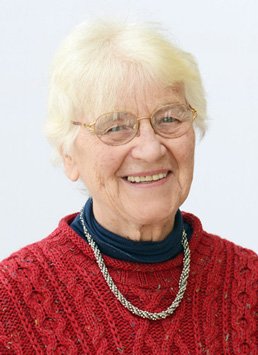Society for the Study of Women Philosophers, Inc.
a non-profit, tax-exempt educational charity 501(c)3 Internal Revenue Code
Romassa
Hindu Vedantic Philosophy of Religion
|
Kate Lindemann's Women Philosophers pages |
 |
Remember!! Your purchase of books by clicking on Abe Books or Amazon links through this site earns us a small commission that is used to provide travel scholarships. |
Romasa is named as one of the women of ancient India to whom hymns of the Rig Veda were revealed. Here is a reference to her from an article at Zine5:
“The education of women within Hindu civilization was important. Women were regarded as perfectly eligible for the privilege of studying the Vedic literature and performing the sacrifices enjoined in it till about 200 B.C. Women performed religious rites after completing their education under a Guru. Some of the hymns of the Rig Veda are the composition of twenty sage-poetesses like the Rishikas, Romasa, Lopamudra, Apala, Paulomi and others.”
Source: An article about education in India, the place of the guru and the role of women up until about 200 CE at Zine5. Romasa and Education in India
Nadith Krishna comments on Romasa:
“Seventeen of the seers to whom the hymns of the Rig Veda were revealed were women — rishikas and brahmavadinis. They were Romasa, Lopamudra, Apata, Kadru, Vishvavara, Ghosha, Juhu, Vagambhrini, Paulomi, Jarita, Shraddha-Kamayani, Urvashi, Sharnga, Yami, Indrani, Savitri and Devayani. The Sama Veda mentions another four: Nodha (or Purvarchchika), Akrishtabhasha, Shikatanivavari (or Utararchchika) and Ganpayana. This intrigued me so much that I had to learn more about them, but I drew a blank. Who were these wonderful women who were on par with their men and produced the greatest and longest living literature of the world?
In the Vedic period, female brahmavadinis (students) went through the same rigorous discipline as their male counterparts, the brahmacharis. The Brihadaranyaka Upanishad describes a ritual to ensure the birth of a daughter who would become a pandita (scholar). The Vedas say that an educated girl should be married to an equally educated man. Girls underwent the upanayana or thread ceremony, Vedic study and savitri vachana (higher studies). Panini says that women studied the Vedas equally with men. According to the Shrauta and Grihya Sutras, the wife repeated the Vedic mantras equally with their husbands at religious ceremonies. The Purva Mimamsa gave women equal rights with men to perform religious ceremonies. Vedic society was generally monogamous, and women had an equal place.”
Source; Column by Nanditha Krishna in the Newindpress on sunday Newindpress on Sunday
If you can provide additional information about Romasa or the poem she is said to have contributed to the Rig Veda please contact us.
This page last updated 12/15/14
Society for the Study of Women Philosophers